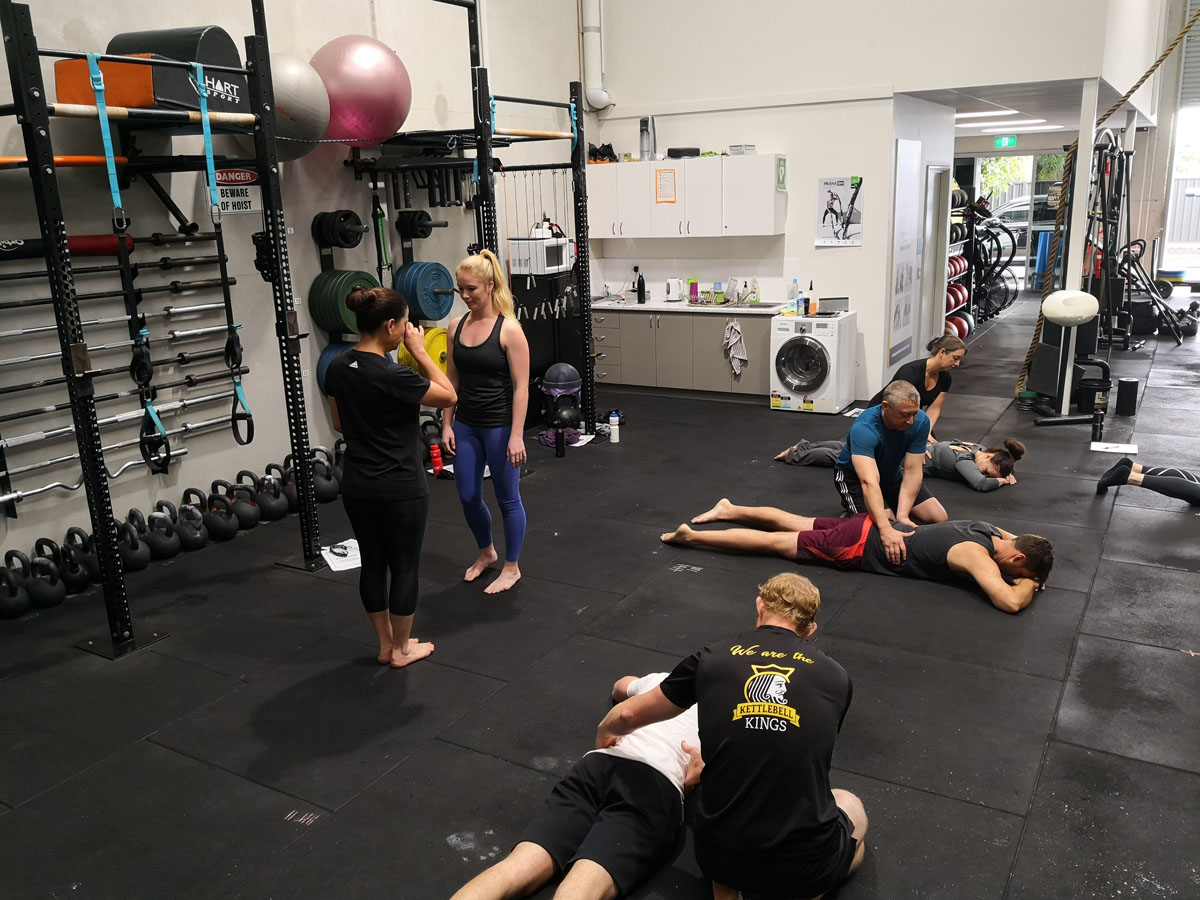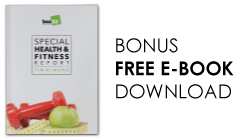There is a saying, “bread is the staff of life”. But, the staff of life is not bread – it is breath.
You can live a few days without water, and few weeks without food. But you can only live a few minutes without air.
You would think, that because humans have been breathing for at least five hundred thousand years, that men and women of today would know how to breathe.
Unfortunately, consciously controlled breathing is known only to a very few people. These few fortunate individuals have been rewarded by Nature.
She blesses them with magnificent constitutions, tireless energy and the strength and beauty that comes from radiant health; skin that shows the rich blood flowing under its clear surfaces, sparkling eyes, and the vivacious manner that attracts and holds the attention of men and women alike.
This, Nature does for those who use rightly her great gift.
LESSON I
Importance of Consciously Controlled Breathing
Air is truly the breath of life.
It is the vital fluid that animates our being; that stimulates into activity every one of the billions of cells that go to make up the body.
There is only one way to get oxygen into your lungs and into your system – and this is to breathe it in.
The ancient Chinese and the Hindoos made elaborate studies in the art of breathing. They developed a complex science with regards to the control of the breath. Certain forms of breathing were employed for the cure of various diseases.
In India the Buddhist priests practiced breath-control as a way to command deep, quiet action of the lungs. In this measured breathing the number of breaths was greatly reduced. The usual eighteen to twenty two breaths per minute were reduced to six or eight.
Experience justified the theories of the priests concerning the value of controlled breathing. Its merits have stood the tests of time, and today, in many Asian countries, breathing is still deemed the fountain of health.
Why Ordinary Systems Of Exercise Fail
The various systems of exercise at your typical gym are designed for the surface-building of the body. The exercises affect almost exclusively the outer muscular structure. Many gym junkies, exhibit exterior muscles of most impressive bulk. These can even be called mirror muscles. Only the muscles you see in the mirror are developed.
At Adaptive Strength (formerly Box33) the very first thing you learn is breathing. This skill is strengthened and developed from the outset. A firm foundation is laid on which to build toward physical perfection, and the true beauty which is, or should be, the heritage of every healthy man or woman.
The system of breathing which we advocate at Adaptive Strength (formerly Box33) is not a mere matter of theory, something vague and experimental. It is concrete; it is exact; its worth has been definitely proved.
This has been demonstrated time and time again with all our clients.
The sad truth is, that many people in our society often fail to receive benefits derived from breathing correctly, for the simple reason that they have never learned the proper manner of breathing. Unfortunately for these people, the best of air is useless, just as the most nourishing food is useless to the man who has no teeth to chew.
When one inhales, the lungs seem to grow. As the cells are filled with air, the chest proportionately enlarges. At the same time, the ribs and the diaphragm assume a new position.
The result is that the chest, the between-rib muscles, and the diaphragm are all very strenuously exercised. By proper breathing, the various muscles involved are constantly trained.
The lungs expand during inhalation; they contract during exhalation. A full breath dilates the lungs to their maximum capacity; they relax to the minimum size when the breath is completely expelled. By practice one can readily learn to influence the various movements, and gradually to control them.
This all starts with the crocodile breathing.
Breathing In Crocodile Pose
Lie on your stomach, with arms folded at about a 45 degree angle above your shoulders, your body will naturally begin to breathe diaphragmatically.

Use the crocodile pose to counteract the normal abdominal tension that arises whenever you are nervous. It will automatically get you started toward a more natural breathing style. Even advanced students find tension in the abdomen by the end of the day. The crocodile pose offers a chance to unblock the breath and release pent-up tension.
As you rest in the pose, relax your breathing and begin to observe the movements of your body. There are three main observation points: the abdomen, sides of the rib cage, and the lower back. Practice the following exercise to bring each of them to awareness.
- First, feel the ceaseless movement of your breath as it flows out and in. The breath will find it’s own pace, and even if you believe the speed to be too fast or too slow, you don’t need to control it, simply let your body breathe.
- Now bring your awareness to your abdomen and feel how it presses against the floor as you inhale and recedes (although remaining in contact with the floor) as you exhale. Relax the muscles in your belly, and let these movements of the abdomen become deep and soothing.
- Now shift your attention to the sides of the rib cage. You’ll find that the low ribs expand laterally with the inhalation and contract with the exhalation. The ribcage expands as the diaphragm contracts, and the ribs return inward as the diaphragm relaxes.
- Finally, shift your attention to your lower back. Notice that as you inhale, the back rises, and as you exhale, the back falls. Soften your back muscles and allow the breath to flow without resistance. This is a particularly relaxing sensation, and you may find that it helps relieve lower back tension that is otherwise difficult to release.
- To deepen the breath even further, you might wish to try the following experiment. At the end of the exhalation, breathe out a little more than usual by continuing to press the abdomen toward the spine. Then, as you slowly inhale, soften the muscles of the lower back and abdomen, and let the back rise and expand. You may feel as if the lower back is being stretched by the deep inhalation. Repeat the extra exhalation and the expanded inhalation for three to five breaths, until you become accustomed to the feeling of the deep inhalation. Then return to your normal exhalation—but continue to let the lower back expand as you inhale. Your breath will feel slower and deeper.
- Remain resting in crocodile pose for a total of seven to ten minutes. Feel the breath around the entire periphery of your midsection—front, sides, and back. Your breathing will become extremely relaxed. When you are refreshed, come out of the posture slowly, creating a smooth transition back to normal breathing.
Conclusion
Whatever the different systems for muscular and health development may
be, the value of developing correct breathing strategies must be incorporated.
Special exercises for the lungs, that is, conscious deep breathing exercises for a specific period of time, will give results which few realize. It is all so simple that most of us cannot believe it, like all truths.
Nearly every young child under the age of 10 can naturally breathe correctly, deep into the belly, diaphragm. Unfortunately, for some reason the majority of kids start losing this as they get older. Is it because sitting all day at a school desk, stress of study, environmental factors, who knows.
But, if the children in our schools were taught to practice conscious, deep, slow breathing at that period of their lives when the body and mind are flexible, the habit would be easily formed for life.
Why not, therefore, have schools for breathing?







